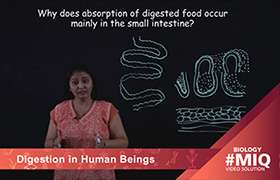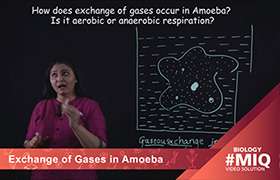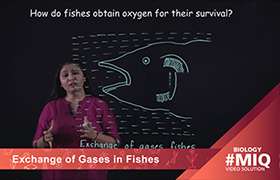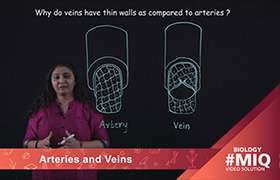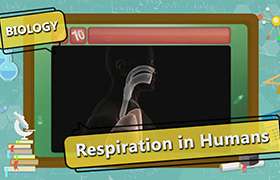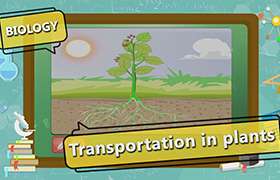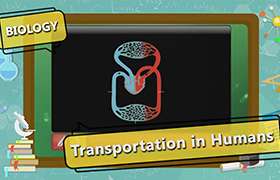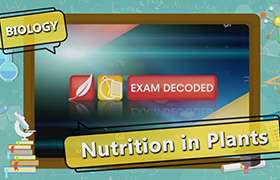CBSE Class 10 Answered
Photosynthesis is under the influence of several factors, both internal (plant) and external. The plant factors include the number, size, age and orientation of leaves, mesophyll cells and chloroplasts, internal CO. The plant or internal factors are dependent on the genetic predisposition and the growth of the plant.The external factors would include the availability of sunlight, temperature, CO
2 concentration and water.
i) Temperature - The dark reactions of photosynthesis are enzymatic and hence temperature controlled. Though the light reactions are also temperature sensitive, they are affected to a much lesser extent. The C4 plants respond to higher temperatures and show higher rate of photosynthesis while C3 plants have a much lower temperature optimum.
The temperature optimum for photosynthesis of different plants also depends on the habitat that they are adapted to. Tropical plants have a higher temperature optimum than the plants adapted to temperate climates.
ii) Water - The effect of water as a factor is more through its effect on the plant, rather than directly on photosynthesis. Water stress causes stomata to close hence reducing CO2 availability. Besides, water stress also makes leaves wilt, thus reducing the surface area of the leaves and their metabolic activity as well.
iii) Light - There is a linear relationship between incident light and CO2 fixation rates at low light intensities. At higher light intensities, gradually the rate does not show further increase as other factors become limiting. Increase in incident light beyond a point causes the breakdown of chlorophyll and a decrease in photosynthesis.
iv) Carbon dioxide - It is the major limiting factor for photosynthesis. The concentration of CO2 is very low in the atmosphere (between 0.03 and 0.04 per cent). Increase in concentration upto 0.05 per cent can cause an increase in CO2 fixation rates; beyond this the levels can become damaging over longer periods. At low light conditions neither C3 and C4 plants group responds to high CO2 conditions. At high light intensities, both C3 and C4 plants show increase in the rates of photosynthesis.
Post each query individually as separate questions.

